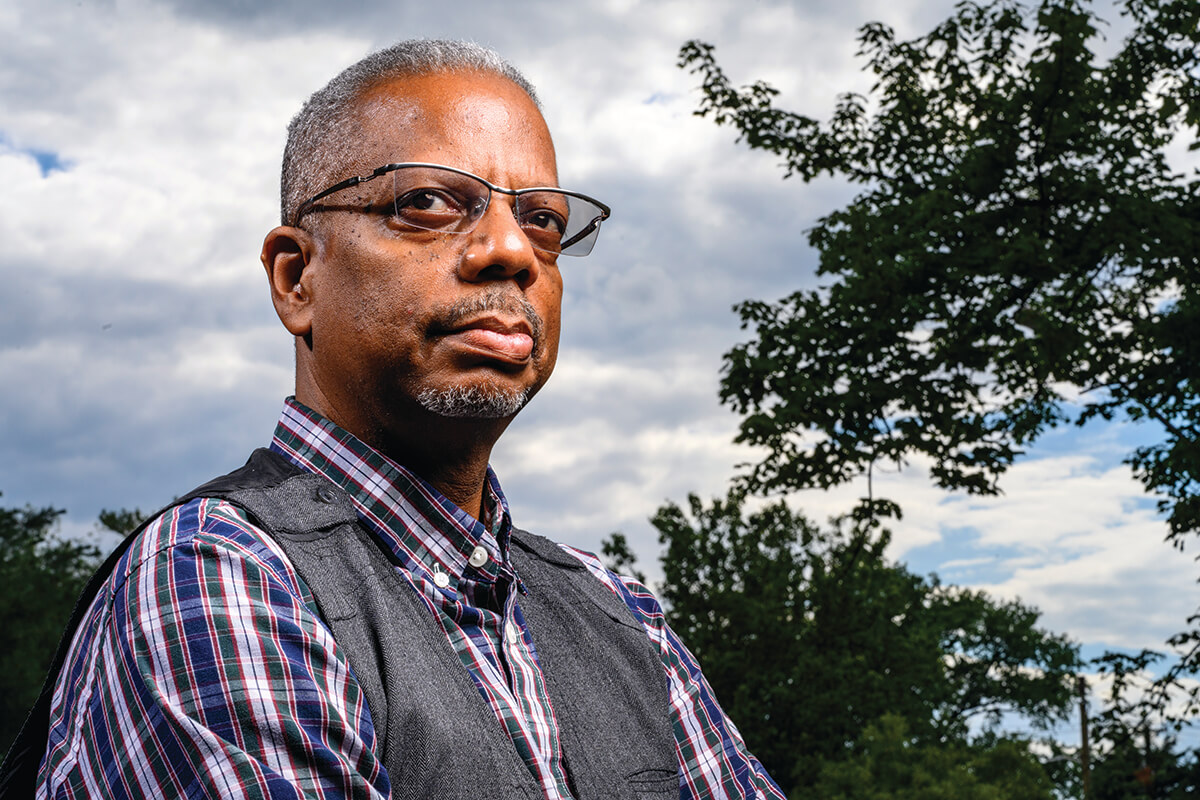GameChangers
Lewis McIlwain’s Missionary Nonprofit Helps Baltimore, Too
Thirst No More helps global communities in need, including those right here at home.

When Baltimore’s Lewis McIlwain, known to all as Mac, went on a mission trip to the Congo in 2007, he didn’t know he’d return home with an entirely new goal.
“During the trip, I came across a lot of poverty,” he says. “There was so much need for clean water, education, and many other things.”
After that experience, McIlwain realized that he had the opportunity to do more—on an ongoing basis—for both local and global communities in need, including right here in Baltimore, rather than just make one visit. “I committed to putting something in place as it relates to the basic needs of people.”
Of course, job one was finding the financial support, but since McIlwain had worked for a CPA firm for most of his career, he had contacts in the corporate sector who became donors to his nonprofit.
“I created Thirst No More, a Maryland-based 501c3 nonprofit in 2009,” he says. “We had done some outreach in Baltimore, but it was a board member who had the vision to bring another local nonprofit, R.A.P. (Reaching All People) under the umbrella of Thirst No More in 2011 to focus on local issues.”
Thirst No More is currently focusing on issues in Guatemala, Nepal, and Rwanda, with recent projects including building a school and clinic in a rural Rwanda area. R.A.P., meanwhile, focuses on Baltimore City, where the biggest need is among the homeless population.
“We like to say we are a small but mighty group,” says McIlwain, who is responsible for getting the funding for all the projects. “Most of the R.A.P. money comes from private donations through Thirst No More. The monetary donation goes towards food and toiletries, the clothing is donated in kind.”
But he wants Baltimore housing solutions, too. R.A.P. conducts outreach programs in downtown Baltimore city every fourth Saturday of the month. During COVID, they saw about 60 people, but otherwise they’ve had as many as 150 homeless and transitionally housed men, women, and children show up for help.
“We don’t just hand out the items,” he says. “We offer them an opportunity to sit down with us, so we can have a dialogue. We have a file of other resources and places they can go to get help. Over the years, we have seen people we’ve worked with now have careers and others have gotten suitable living quarters. Many come back and tell us that we were there when they were in crisis.”
Before a R.A.P. outreach, they canvas the area. Many times, McIlwain does it himself to let people know about their group. “The majority are living on the street, but many are not. All are welcome,” says McIlwain.
“The vision for R.A.P. is at some point to have more of a daily presence in the community, and perhaps one day have low-income housing for qualified residents,” he says. “For now, it’s just exploratory, seeing how to do it economically within the community. We’ve investigated options from tiny homes to container homes. I’m retired and fully dedicated to the causes.”